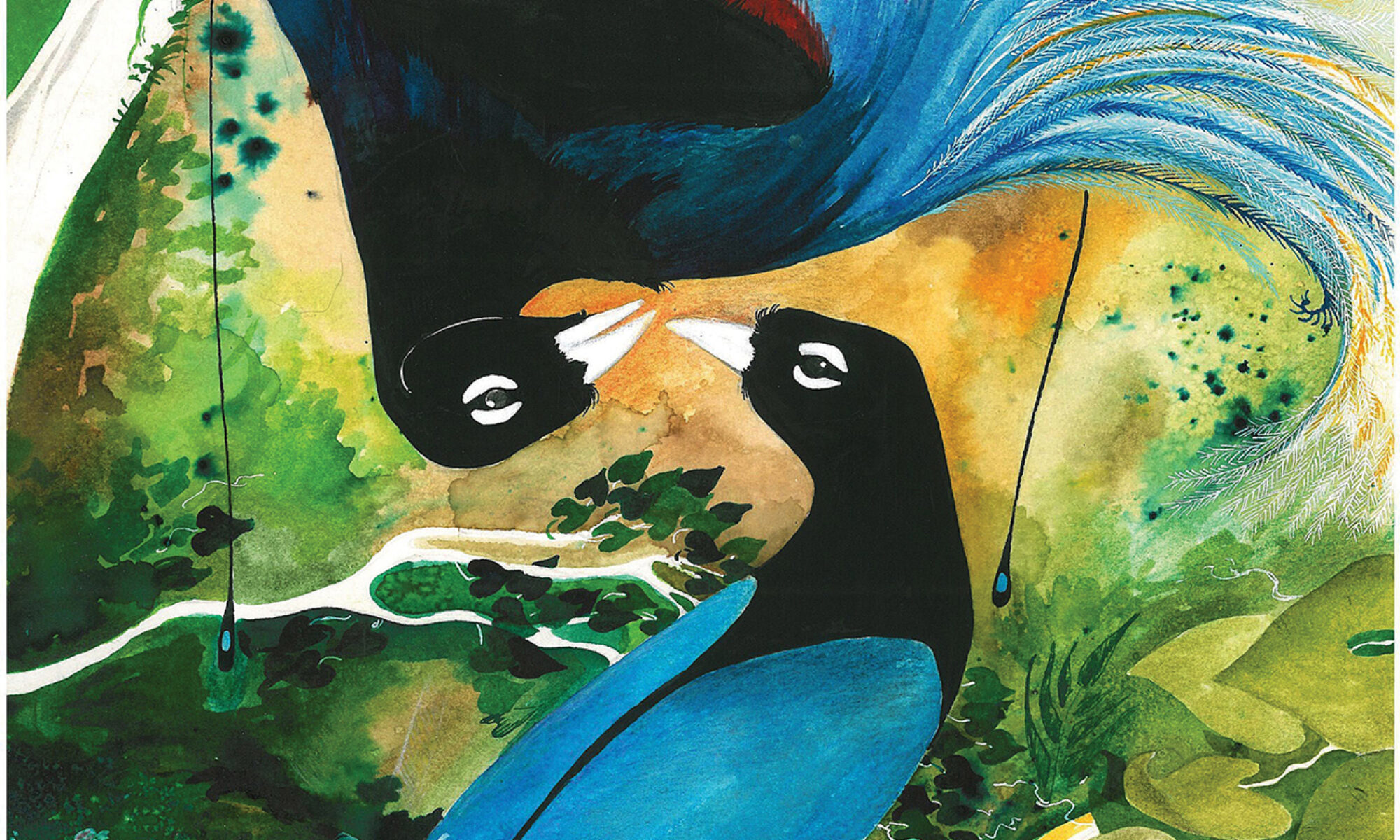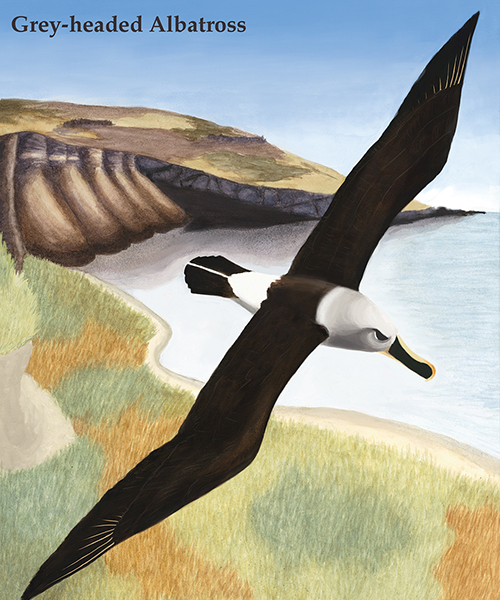Choose native plants for your garden, especially those which will provide food and shelter for native species of birds and other wildlife.
You can also provide:
- food
- shelter
- water
- bird feeders
- bird houses
- bird baths
- fountains
Different birds have different needs, so be sure to find out what species are in your area and what kinds of houses are best for them. (You can also put up bat houses!)
If you are going to be providing food, do your research first and be sure that you are choosing safe and healthy options. A local birding shop should be able to help you choose. Also make sure that the water you provide stays clean and fresh.
You might also consider reducing your lawn, because close-cropped grass lawns are inefficient and not very wildlife friendly. When it comes to watering and fertilizing your lawn and garden, choose environmentally friendly solutions such as collecting rainwater and creating compost.
Avoid using chemicals such as fertilizers and insecticides, as these chemicals can be detrimental to wildlife. They can even harm species that they are not intended to affect; don’t forget, many birds and other animals eat plants and insects and may ingest any chemicals you put in your lawn or garden.
Excerpt from Losing Altitude, by Arras Wiedorn.
Artwork by SEM.

